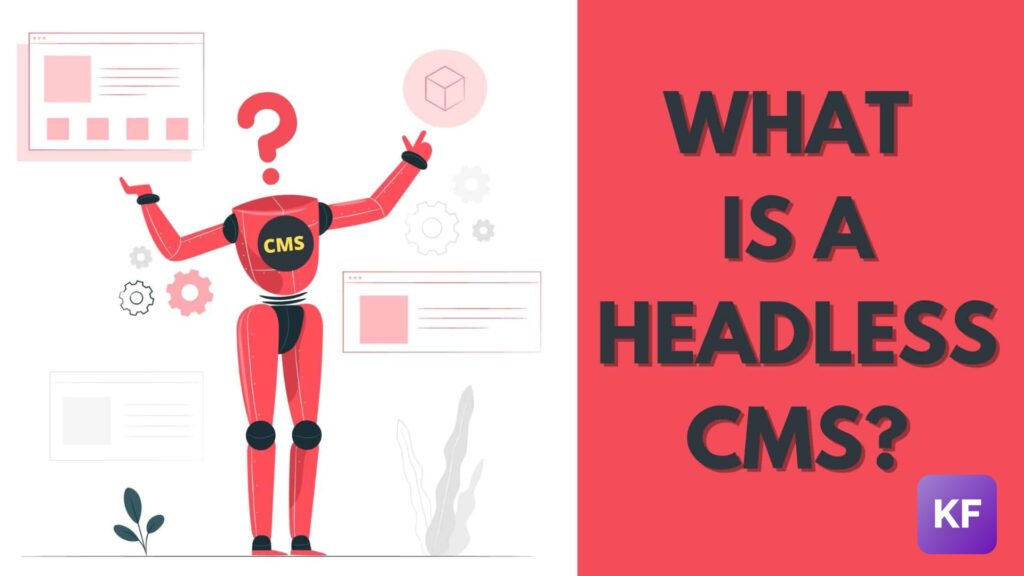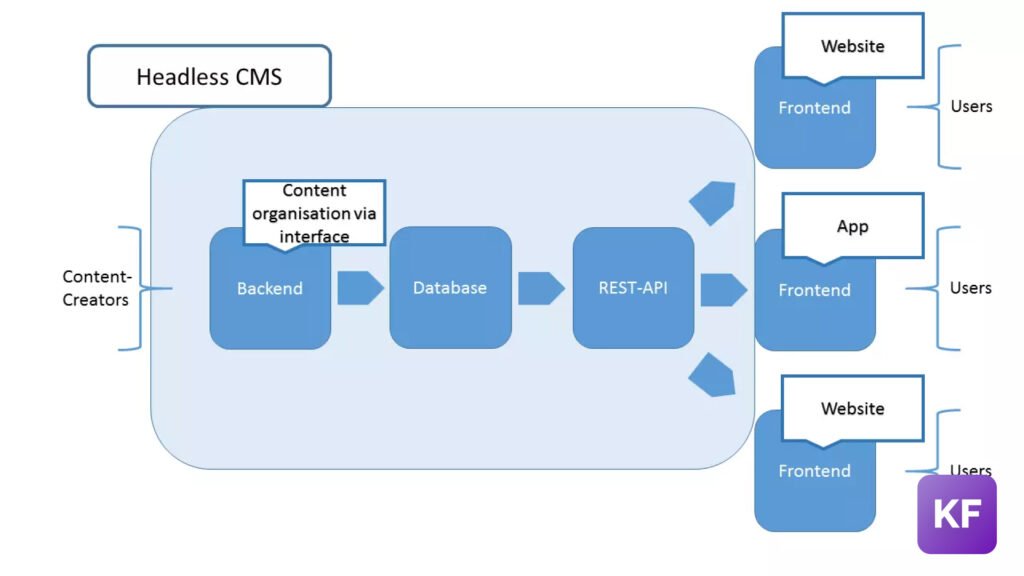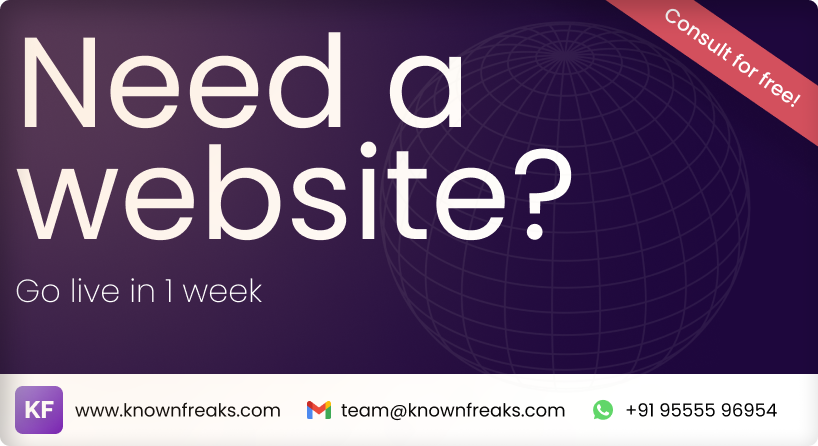
The digital landscape is constantly evolving, and with it, the tools and technologies we use to build websites. One of the most significant shifts in recent years has been the rise of headless CMS, a revolutionary approach to content management that’s transforming how we think about web development.
What is a Headless CMS?
Unlike traditional CMS platforms like WordPress, where content is managed within the same system that delivers it to the frontend, a headless CMS separates the backend (content repository) from the frontend (presentation layer). This decoupling allows content to be managed and delivered through various channels, including websites, mobile apps, smartwatches, and even voice assistants.
Key Advantages of Headless CMS:
- Increased Flexibility: Content can be delivered to any device or platform, providing greater flexibility and reach.
- Enhanced Agility: Content updates can be made quickly and easily, without affecting the frontend.
- Improved Developer Experience: Developers gain more control over the frontend and can use their preferred technologies.
- Enhanced Content Personalization: Content can be tailored to specific channels and user segments.
- Improved Performance: Decoupling can lead to faster loading times and better overall performance.
Use Cases for Headless CMS:
- E-commerce: Delivering consistent product information across various channels, including websites, mobile apps, and social media.
- Digital Marketing: Creating personalized content experiences across different platforms.
- Enterprise Content Management: Managing large volumes of content across multiple departments and locations.
- IoT Applications: Delivering content to connected devices and appliances.
Popular Headless CMS Platforms:
- Contentful
- Strapi
- Prismic
- Storyblok
- DatoCMS
Choosing the Right Headless CMS:
Selecting the right headless CMS depends on your specific needs and priorities. Consider factors such as:
- Ease of use
- Scalability
- Integration options
- Pricing
- Support and community
The Future of Headless CMS:
The future of headless CMS looks bright. As the demand for omnichannel experiences grows, we can expect to see even more innovative and powerful solutions emerge. With continued advancements in areas like AI, machine learning, and edge computing, headless CMS will play an increasingly vital role in shaping the future of web development.
In Conclusion:
Headless CMS represents a significant shift in how we approach website development. By decoupling content from presentation, it offers unparalleled flexibility, agility, and scalability. As businesses increasingly embrace omnichannel strategies, headless CMS will become an indispensable tool for delivering exceptional digital experiences.




